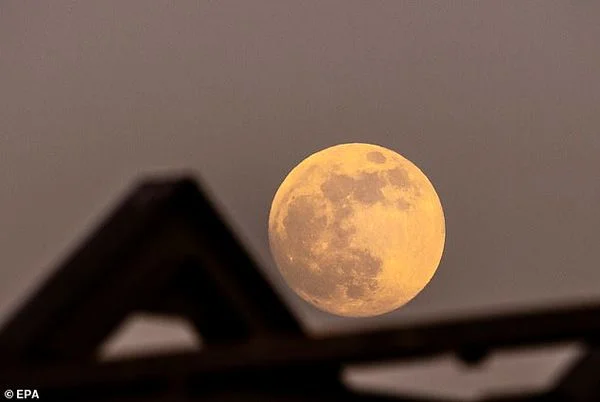The Flower Moon is set to illuminate the night sky this week, captivating viewers for a spectacular three-day display. On Thursday, at 9:35am ET, the moon will reach its full phase, peaking 50 minutes after sunset. This celestial event is often referred to as the “flower moon” because it coincides with the blooming of flowers in May. It is also known as the “Mother’s Moon,” “Milk Moon,” or “Corn Planting Moon.”
For Native Americans, the Flower Moon was an important sign that it was time to begin planting crops. They recognized the connection between the moon phases and nature’s cycles. According to The Old Farmer’s Almanac, moonrise will occur around 8:35pm ET on Thursday, with the moon crossing the meridian at 1:14am and setting at 5:46am on Friday morning.

Sky enthusiasts can catch a glimpse of the Flower Moon on Wednesday, just before sunset, by looking towards the east. However, the main event will occur on Thursday when the moon appears next to Antares, an aging giant star located in the constellation Scorpius. Antares, known for its striking ruby color, is nearing the end of its life and is set to explode in a supernova. Scientists captured detailed images of this star in 2017 using the European Southern Observatory’s Very Large Telescope (VLTI).
These images revealed astonishing new insights, showing turbulent, low-density gas farther from the star than expected. This unexpected movement challenges our current understanding of how matter transfers energy in the outer atmospheres of stars like Antares. Scientists are now exploring new processes to explain these phenomena.
So, mark your calendars and prepare to witness the magnificence of the Full Flower Moon, accompanied by the celestial beauty of Antares. Don’t miss this breathtaking display in the night sky!
